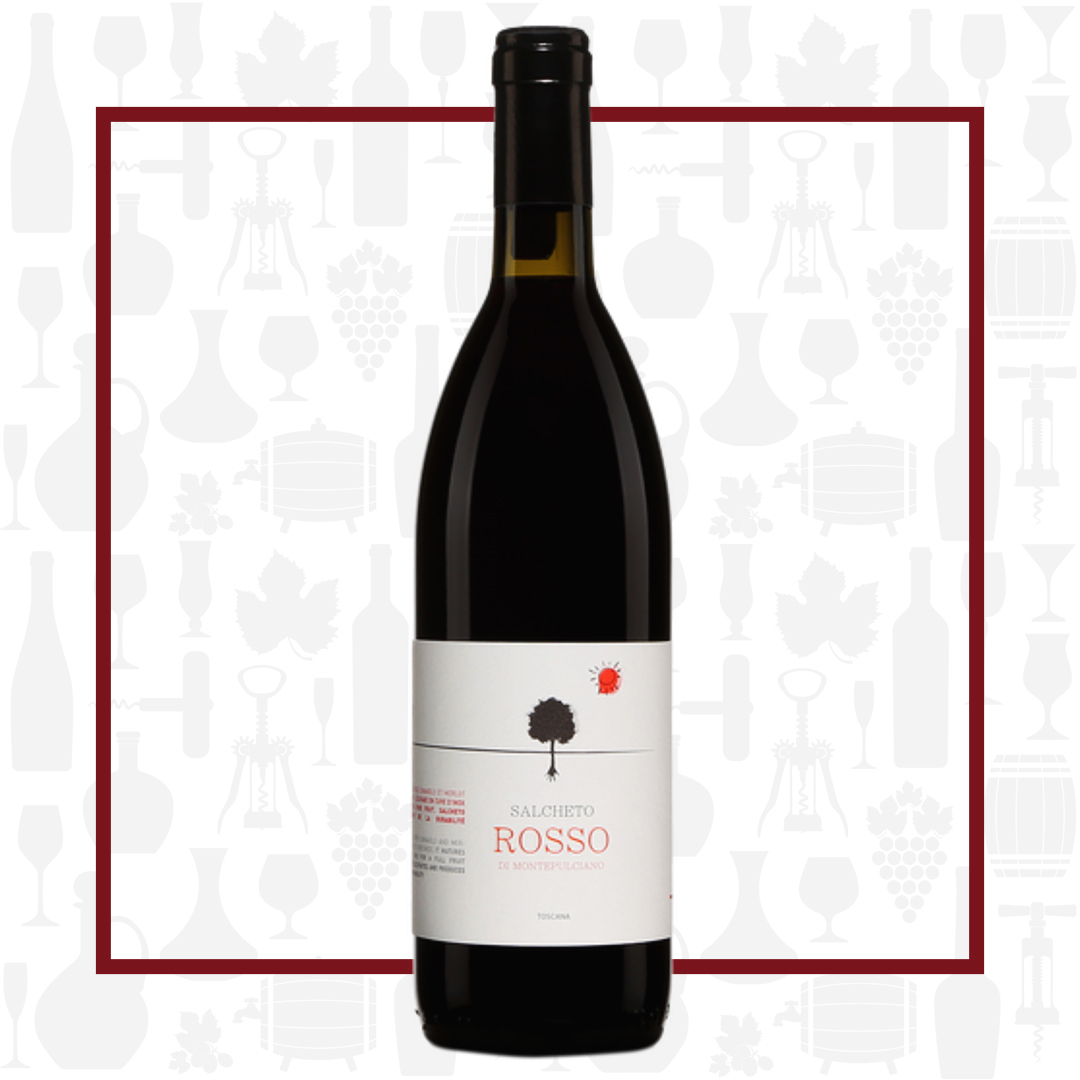Region
Rosso di Montepulciano is a DOC for red wines based on the Sangiovese grape located in Tuscany, central Italy. It is the junior appellation associated with the Vino Nobile di Montepulciano DOCG. Generally this wine (like its neighbor Rosso di Montalcino and its relation to Brunello di Montalcino) is an easier-drinking, fresher and fruitier version of the senior wine, though it is shorter lived. Amendments made to the regulations in 1999 led to the Rosso di Montepulciano wine style which exists today. Regulations now allow the Rosso to be made in the same area of production around the town of Montepulciano and from similar grape varieties as its better-known sibling. There are two slight differences between the two siblings: yields tend to be a little higher for the Rosso, which is allowed 7,000 liters per hectare compared to Vino Nobile’s 5,600 liters per hectare. The DOC wine is also released much earlier than its brother, only requiring six instead of 24 months of aging.
Vineyard
Coming entirely from the 15 hectare ‘Salcheto’ vineyard, which sits between 350 and 450 masl. The soil has a large portion of blue and gray clay in its composition, along with a large amount of sand. This allows for great development of primary fruit flavours. This wine is farmed biodynamically, with the utmost care taken to ensure the biodiversity and land are as unaffected as possible. The youngest of Salcheto’s home vineyard vines are selected for their Rosso.
Winemaking
Hand-harvested grapes are sorted, then crushed into stainless steel for maceration and fermentation using wild yeasts. The wine rests on its lees in tank for a short period before being bottled, youthful and exuberant.
Varieties
Sangiovese, a dark-berried vine, is the most widely planted grape variety in Italy. Virtually synonymous with the red wines of Tuscany and all the romanticism that goes with the territory, Sangiovese is the core constituent in some of the great names in Italian wine. It is prized for its high acid, firm tannins and balanced nature. Savoury flavours of dark cherries and black stone fruit are characteristic and may be backed by secondary notes of tomato leaf and dried herbs. The use of oak has become more popular and this coaxes richer flavours from the grapes, tending toward plum and wild raspberry.
Tasting Notes
A ripe vintage, the wine has raspberry, red currant, iron and savoury notes, as well as a hint of black olive. Medium-bodied, with gentle tannins, and flavours of raspberry, rhubarb, cola, strawberry and tomato leaf. Serve at cellar temperature with antipasti, Marinara, or salami paninis.

 info@buyersandcellars.ca
www.buyersandcellars.ca
info@buyersandcellars.ca
www.buyersandcellars.ca